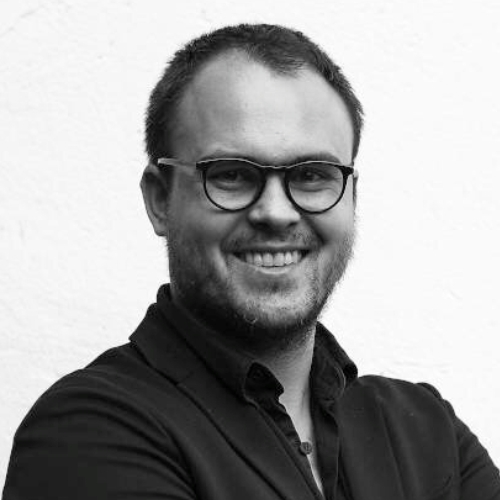Biography
ABOUT
Burak Pekoğlu studied architecture in USA and had worked in Denmark, Turkey and USA. Burak is a graduate of Harvard University, Graduate School of Design (GSD) with a MArch degree (2011). He received a BS degree, Cum Laude, in Architecture (2008) at SUNY Buffalo, where he also attended an exchange program at Aarhus School of Architecture in Denmark. The architecture and research studio BINAA (Building Innovation Arts Architecture), founded by Burak Pekoglu in 2012, with the idea of bringing together innovative and artistic ideas within a collaborative platform.
AWARDS
- Europe 40 Under 40 in 2020/ Young Architects Selection, GEMSS 2019/ Architizer A+ Award in 2017
SHORT DESCRIPTION OF THE OFFICE
BINAA (Building, Innovation, Arts, and Architecture) is an interdisciplinary architecture studio founded by Burak Pekoglu in 2012, with a core focus on research and design. Rather than viewing architecture solely through its outcomes, the studio foregrounds process -making visible the often- unseen transitions between research, design, and execution. While each project is shaped by varying constraints of time, budget, geography, and technology, BINAA embraces these conditions as creative catalysts, using experimentation to turn limits into opportunities. The resulting works aim not only to shape the built environment but to expand the intellectual scope of design. As a forward-thinking platform, BINAA brings together innovative ideas and diverse talents, continuously redefining the possibilities of architectural practice.
AWARDS OF THE STUDIO
Architizer A+ Award /2017
PROJECTS TO BE PRESENTED DURING THE EVENT
Project #1: WaterWay
Project #1 category: Office. Mixed-Use
Start year: 2024
End year: 2025
Located along Istanbul’s major artery, the D100 highway, WaterWay is a 3,500 m² mid-scale office building designed for a single corporate tenant. The project prioritizes flexibility, cross-ventilation, and user comfort. Its open-plan layout is supported by a rational concrete grid and optimized window placement for daylight and airflow. The façade contrasts the tactile weight of CNC-cut travertine with the clean precision of aluminum panels, creating a layered, dynamic expression that shifts with light. Material junctions and construction tolerances were refined through on-site mock-ups, ensuring both technical quality and architectural clarity. Situated in a dense urban context, WaterWay presents a composed and robust example of contemporary workplace architecture—defined by restraint, spatial efficiency, and expressive material articulation.
Project #2: Qarat Housing
Project #2 category: Housing (Not for single use)
Start year: 2023
End year: 2024
Located on Istanbul’s western edge along the city’s major artery, the D100 highway, Qarat Housing is an 8,600 m² mixed-use building embedded within a residential fabric. It includes commercial units on the ground floor and 72 one-bedroom home-office units spread over seven upper floors. The structure is based on an orthogonal grid, allowing for modular flexibility and forming the core of the spatial organization. The plan is shaped around a southwest core and a corridor, flanked by units with identical layouts on both sides. Designed for dual use, the units support both living and working functions. Sitting on a corner plot, Qarat Housing features a material-driven façade. Natural stone panels frame the commercial level, while folded aluminum panels (pcs. 466) clad the upper floors. These angular hexagonal panels reflect daylight differently throughout the day, giving the façade a subtle dynamism.
Project #3: T Office
Project #3 category: Office. Mixed-Use
Start year: 2024
End year: 2026

Located along Bağdat Avenue in Istanbul, this building is situated on a prominent urban axis characterized by high pedestrian circulation. The ground floor is planned for commercial use, establishing a direct relationship with the street. Its permeable façade layout fosters interaction with public life. The upper floors, composed of office units, form the main architectural mass of the structure. The façade design acts as a defining architectural element that gives the building its unique character. Recessed balconies and rhythmically arranged openings along each floor level introduce depth and dynamism to the elevation while ensuring natural light and ventilation for interior spaces. The material palette, composed of aluminum cladding panels, brick, and glass, offers both harmony with the urban fabric and a durable building envelope. A façade language has been developed to accommodate a range of potential usage scenarios within the open plan office floors. This approach delivers a contemporary architectural expression that unites spatial coherence with environmental responsiveness.


















